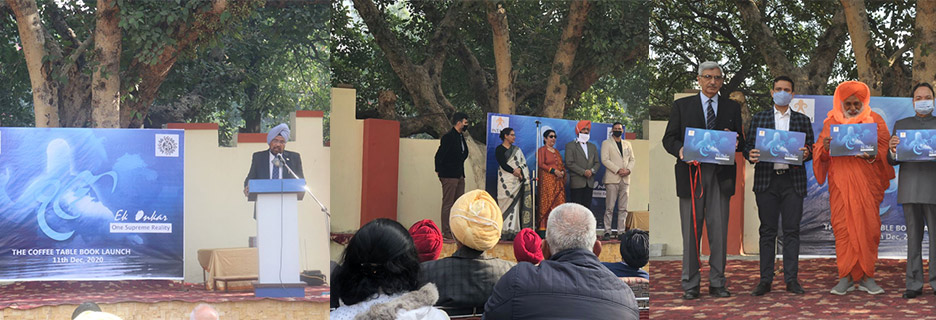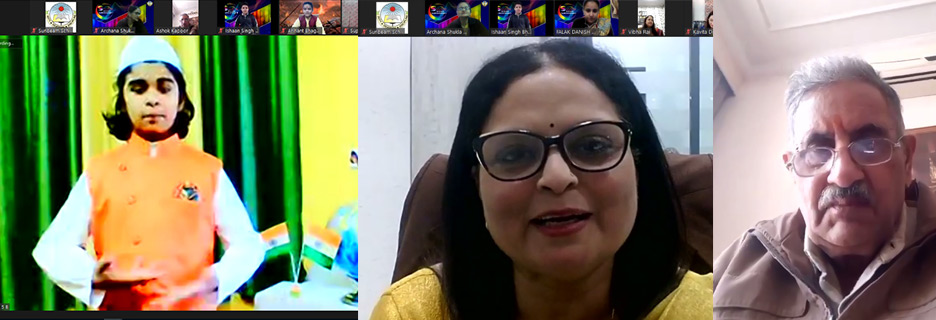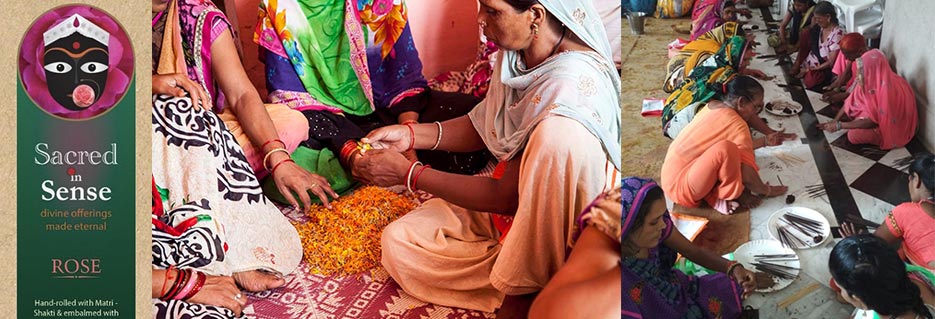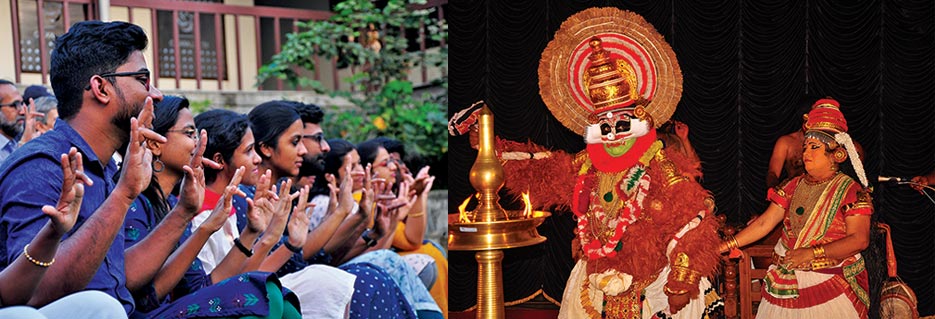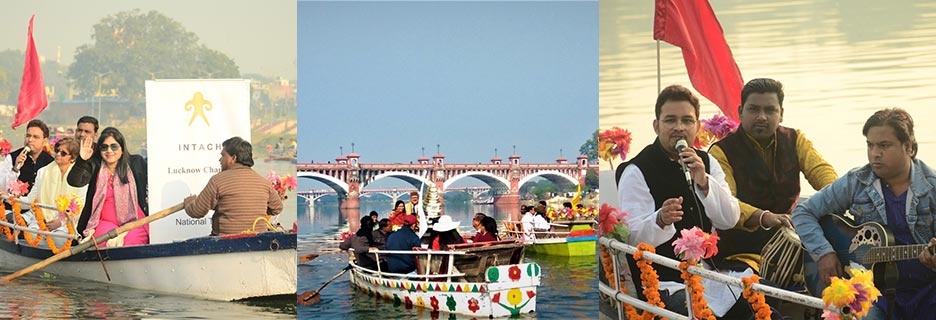Legal
Heritage Legislation in India
It is important to be aware of the international conventions and the national and state laws relevant to the protection and conservation of the art and the cultural heritage of a country. A reference to the provisions in the relevant laws has been made in Guidelines for Chapters at appropriate places. This chapter is divided into three sections, the first dealing with the International Conventions and Agreements, the second with the National (Indian) Laws, and the third with the laws of the various states and union territories.
- The Antiquities and Art Treasures Act,1972
- The Environment Protection Act,1986
- There is a more complete list in the Chapter Guide lines.
State Acts
- State Acts Protecting Monuments which are of relevance to the state.
- Jammu and Kashmir Heritage Conservation and Preservation Act, 2010
- Article 253 of the Constitution of India, enables Parliament to legislate for the implementation of any treaty, agreement or convention with any other country or countries, or any decision, made at any international conference, association or other body.
- Any such legislation can be enacted even if the subject matter of the legislation is an item in the State List of the Constitution of India.
- Chapters should make themselves aware of the International Conventions that are relevant to the protection and conservation of art and cultural heritage and to which India is a signatory.
- Draft Model Regulations circulated by the Environment Ministry to all states
- Only some states have enacted these
- Late Mr. Shyam Chainani advocated insertion of regulations/byelaws etc. in already existing Municipal and Town Planning Laws
- Not always necessary to amend these laws to insert the heritage byelaws but Punjab and Maharashtra did so.
- Constitution
- Act: Made By Parliament / State Assembly within the parameters of the Constitution
- Subordinate Legislation i.e. Rules, Regulations, Byelaws Made by the authorized government agency within the parameters prescribed by the ACT.
- Public Interest Litigation (PILs) filed by any arm of INTACH should be in consonance with INTACH’s philosophy on heritage protection and conservation. Guidance can be found in the INTACH Charter available on the INTACH website.
- Because of the rise in frivolous PILs , the Supreme Court, in 2010 set out parameters for the courts hearing PILs
- The case in which the guidelines are set out is State of Uttaranchal V Balwant Singh Chaufal and Ors, Air2010 SC 2550
- Substantial public interest should be involved
- PIL should be aimed at redresses of genuine public harm or public injury.
- There should be no personal gain, private motive or oblique motive before filing the PIL
- Petitions filed by “busybodies” for extraneous and ulterior motives must be discouraged by imposing exemplary costs.
The State Convener should draw up a list of all such laws and circulate the copies among the Chapters of the state who should keep them in the Chapter library for study, reference and use. The particular laws that are most important for the conservation of art and cultural heritage are the ‘laws for protection and conservation of monuments, archaeological sites and remains’, ‘town and country planning laws’, the laws regulating ‘land use’ and the laws prescribing the ‘duties and responsibilities of the State agencies, particularly the Panchayati Raj Institutions (PRIs) in the rural areas and the Urban Local Bodies in the urban areas’.
In addition to keeping copies of local laws in the Chapter library, one copy of the relevant ‘Bare Act’ or gazette notification containing regulations for protecting heritage, should be sent by the Chapter Convener to the INTACH office in New Delhi to allow INTACH to build a ready reference library of all laws (which includes rules and regulations) pertaining to heritage in force in the country. This would become a national resource for heritage legislation.


